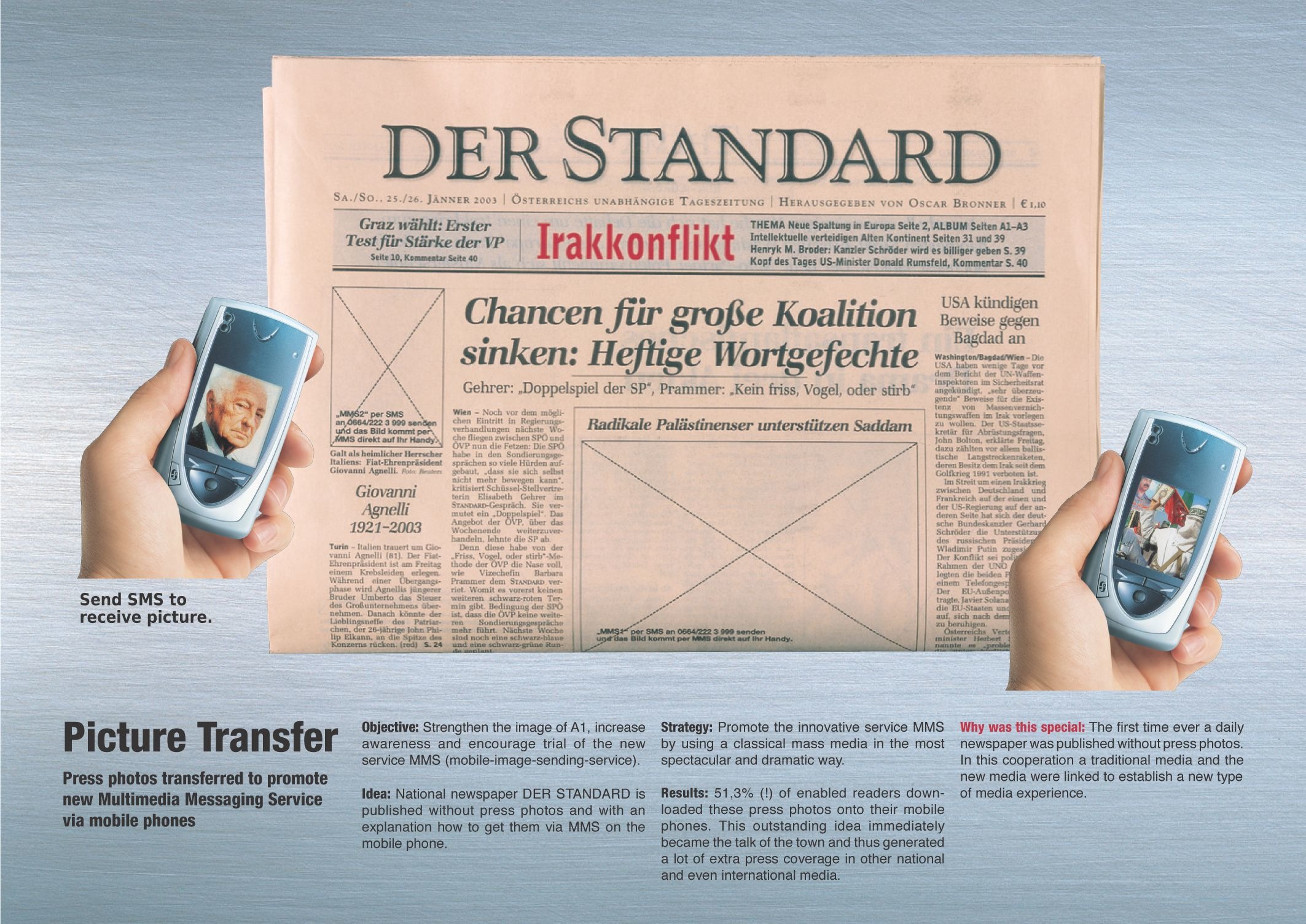Innovation > Innovation
LANDCRUISER EMERGENCY NETWORK
SAATCHI & SAATCHI, Sydney / TOYOTA / 2016
Awards:

Overview
Credits
Overview
CampaignDescription
While you might be far from a cell-phone tower in the Outback, you’re never far from a LandCruiser. These vehicles outnumber cell-phone installations in Australia 30 to 1, making them the perfect platform for creating ad-hoc networks in even the most isolated places.
So we launched the LandCruiser Emergency Network (L.E.N.); an ongoing project aiming to bring emergency communications to the 5.3 million square kilometres of Australia’s landmass that currently receives no mobile signal.
By leveraging Australia’s most widely used 4x4, it’s possible for us to bring emergency communications to some of the most remote parts of the continent.
Once we had the idea to create a roving emergency network, we engaged the experts in Rural, Remote and Humanitarian Telecommunications from Flinders University to help develop the LandCruiser Emergency Network (L.E.N.) and device.
Execution
The network is based around simple, inexpensive, signal-providing devices engineered to use a combination of Wi-Fi, UHF and Delay Tolerant Networking (DTN) technology, which are installed into volunteers’ LandCruisers.
In L.E.N.-enabled communities, anyone can connect and access our communication portal. Data is then securely passed between LandCruisers on a store-and-forward basis until it reaches a base-station, where it is pushed to the outside world.
This ‘delay-and-disruption-tolerant-networking’ is also being investigated by NASA for interplanetary communications.
LandCruiser Emergency Network launched in August 2015, with an ongoing community pilot in 50,000 km2 of remote Outback South Australia, powered by a fleet of volunteers’ LandCruisers.
This pilot uses Wi-Fi and UHF due to licencing restrictions for cellular bandwidth. As a part of our project we are pursuing discussions with government regulators and telecoms companies to activate our cellular capacity -- to confer a host of advantages to the system.
Outcome
Thousands of messages have been successfully tested, with a pilot program launched in August 2015 across a 50,000km2 area of the remote Flinders Ranges in Outback Australia.
The successful pilot is just the first step:
• Toyota’s Product Planning Department is currently exploring distribution and integration of L.E.N. into LandCruisers in Australia and around the world.
• NGO’s, Emergency Services and Government agencies around Australasia have sought involvement with the project, with the aim of using L.E.N. devices in emergency responses.
The LandCruiser Emergency Network has successfully brought a means of communication to people who previously had almost no way of communicating with the outside world in times of emergency.
Relevancy
The mobile phone is possibly the greatest life-saving technology of the modern age; immediately connecting those in distress to the help they need.
But in many remote areas, like the vast Australian outback, there is no mobile signal, rendering these life-saving devices useless in an emergency.
We have developed technology that transforms volunteers’ LandCruisers into roaming communications hotspots. Together, these vehicles create a dynamic, moveable network that anyone can use with an ordinary mobile phone.
This practical, affordable, scalable, and proven innovation is on track to deliver communications in rural and remote places in Australia and around the world.
Synopsis
Over 65% of the entire Australian continent still receives no mobile signal, an area of mostly harsh Outback bigger than the entire European Union. Frequent dangers such as fire, flood, stranding, dangerous wildlife, and extreme weather are made far more hazardous by an almost complete lack of digital communications.
At the same time, Australia is the world’s biggest market for LandCruisers. Due to their legendary toughness, durability and ability to go just about anywhere, LandCruisers are the only vehicle you’ll see in many rural and remote places. There are over half a million of them in a country of just 24m people.
So we created a system based around small, inexpensive devices that transform LandCruisers into communications hotspots with up to 25km range.
Compared to cost-prohibitive fixed mobile infrastructure for the sparsely populated Outback, our devices are able to create a cost-effective network that can go anywhere it’s needed.
More Entries from Creative Innovation in Innovation
24 items
More Entries from SAATCHI & SAATCHI
24 items

Sweet Foods & Snacks
REPLACEMENT
GENERAL MILLS, SAATCHI & SAATCHI

Alcoholic Drinks
PINKY RESTRAINT
MILLER BRANDS, SAATCHI & SAATCHI






















